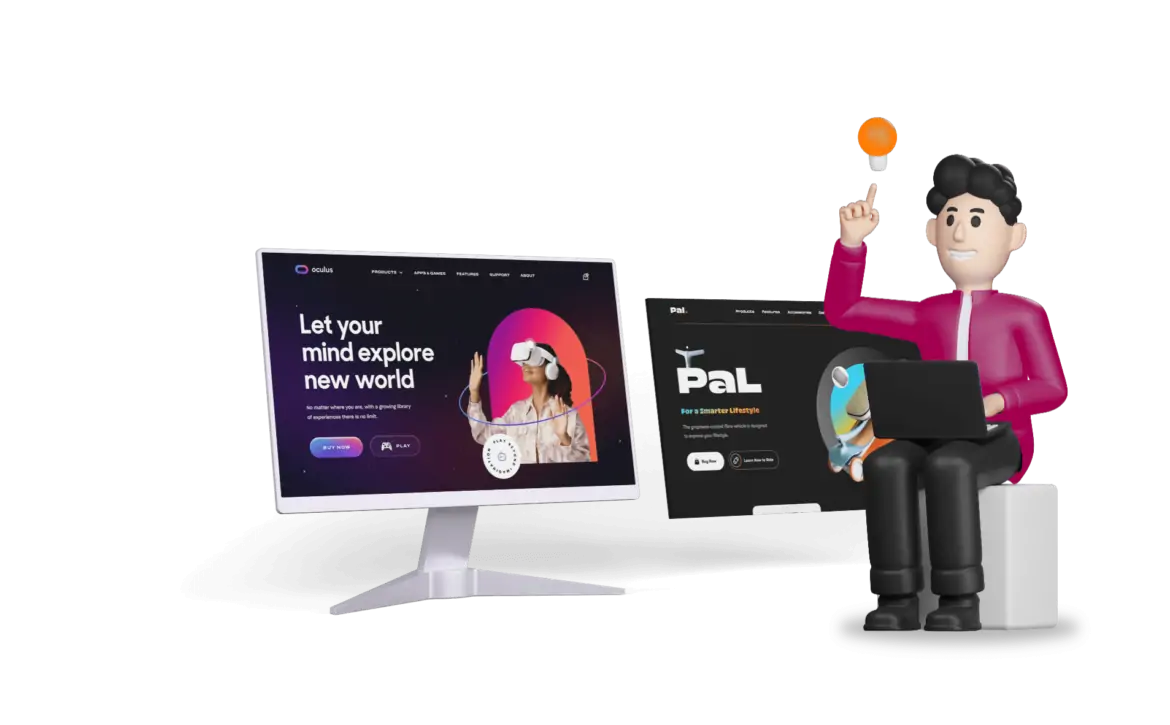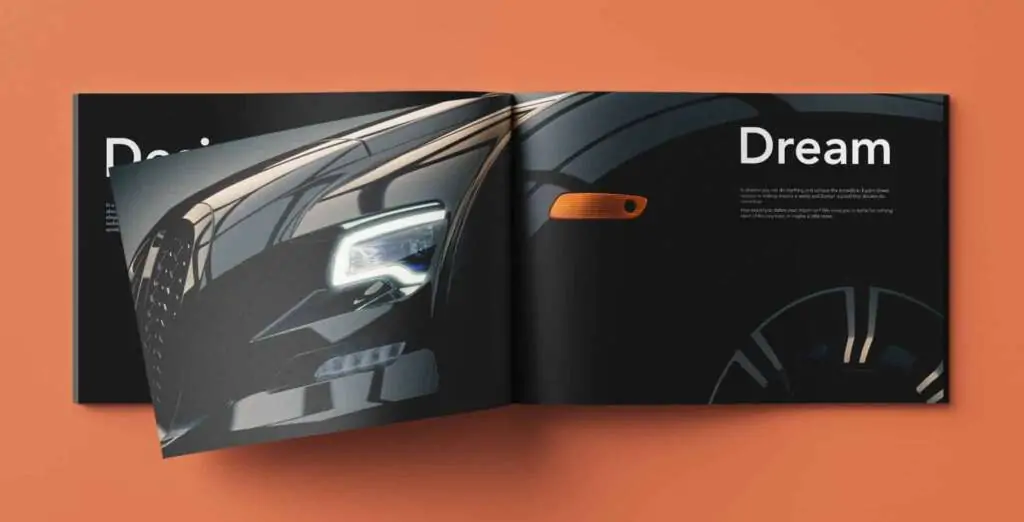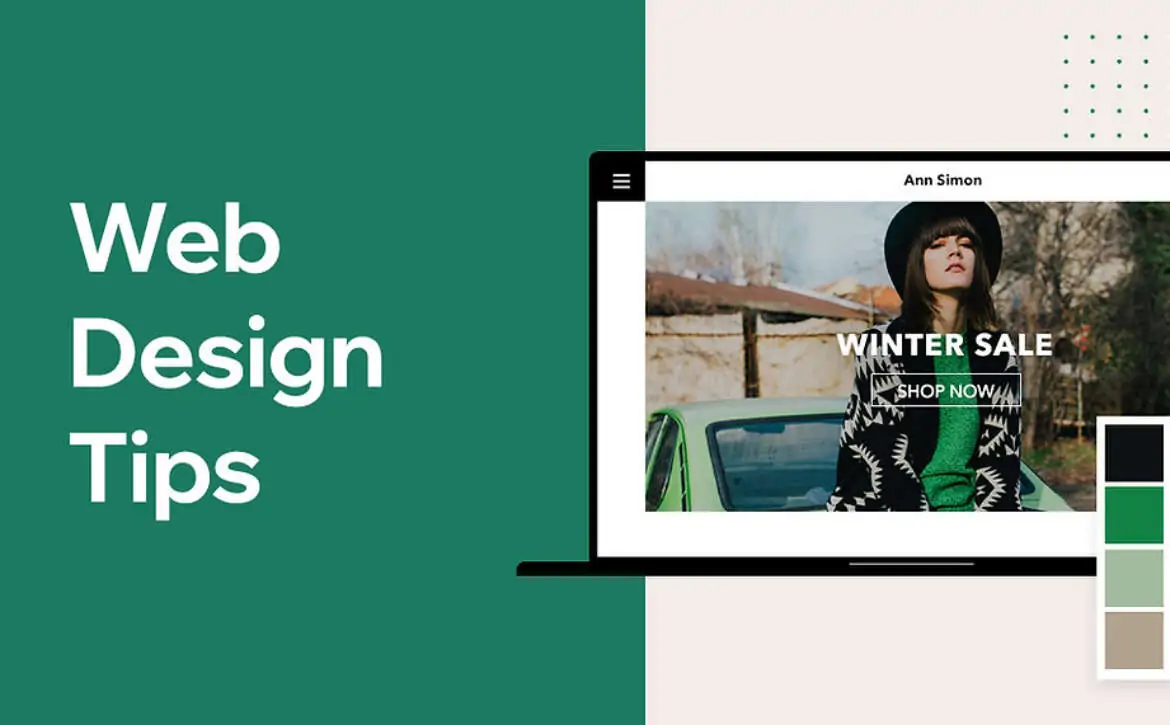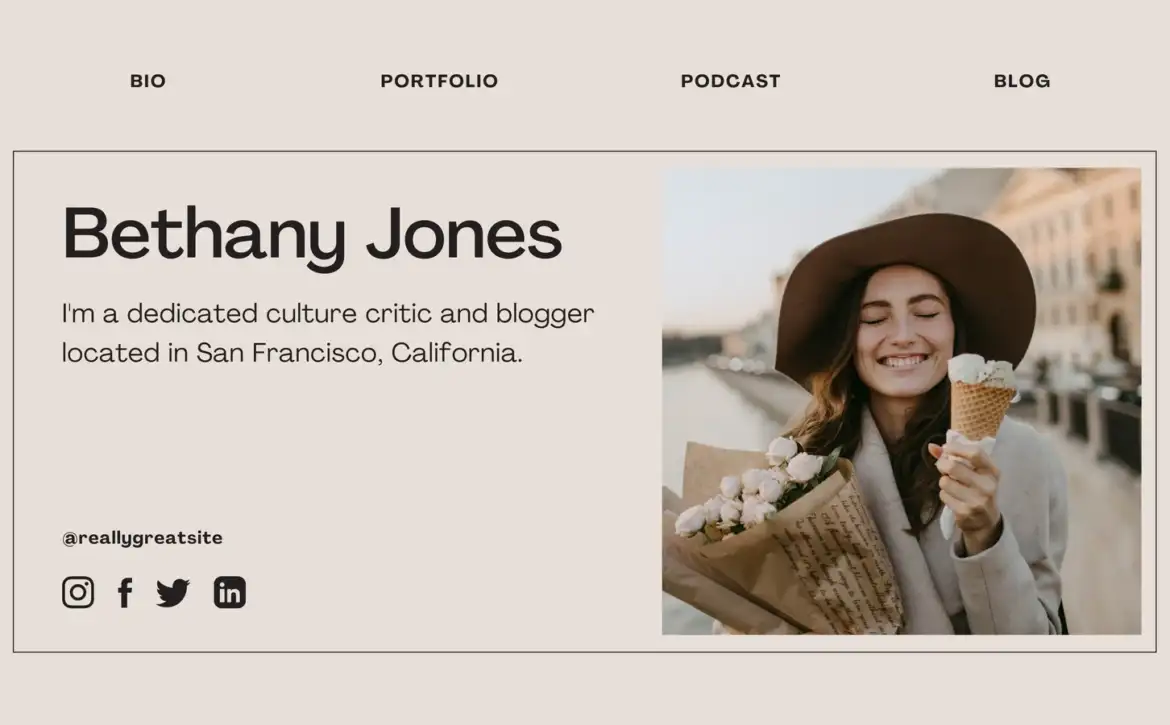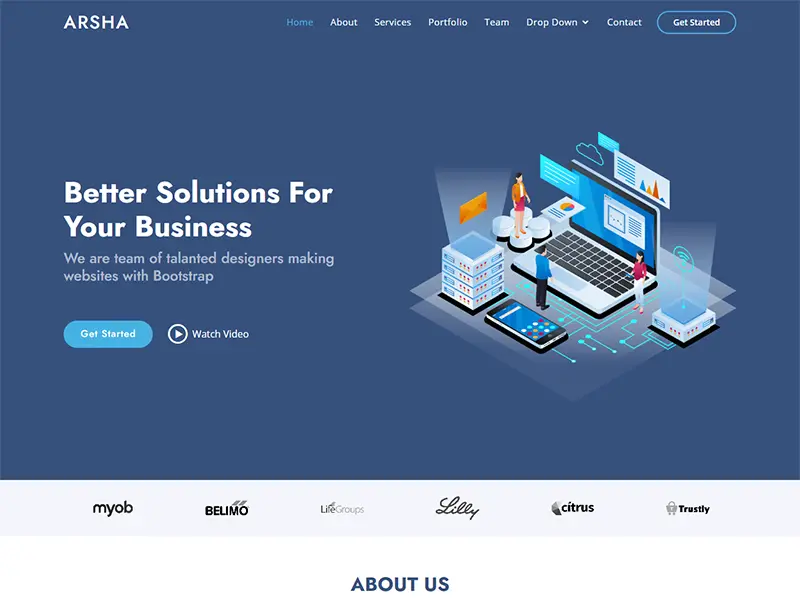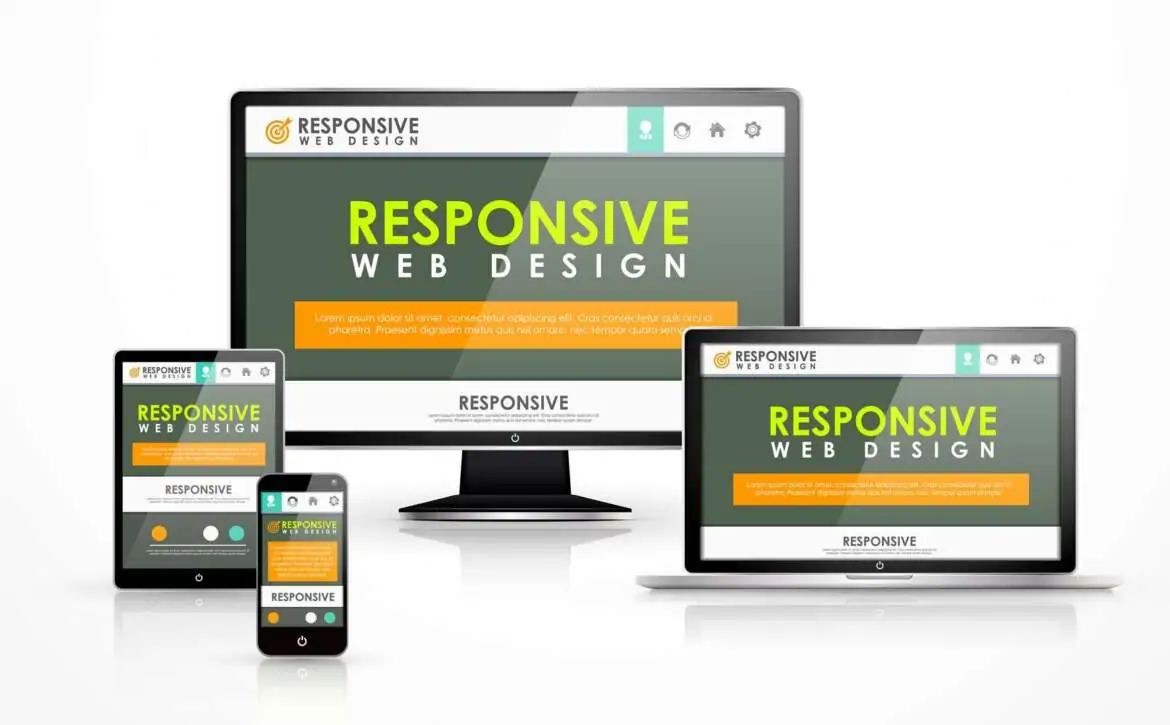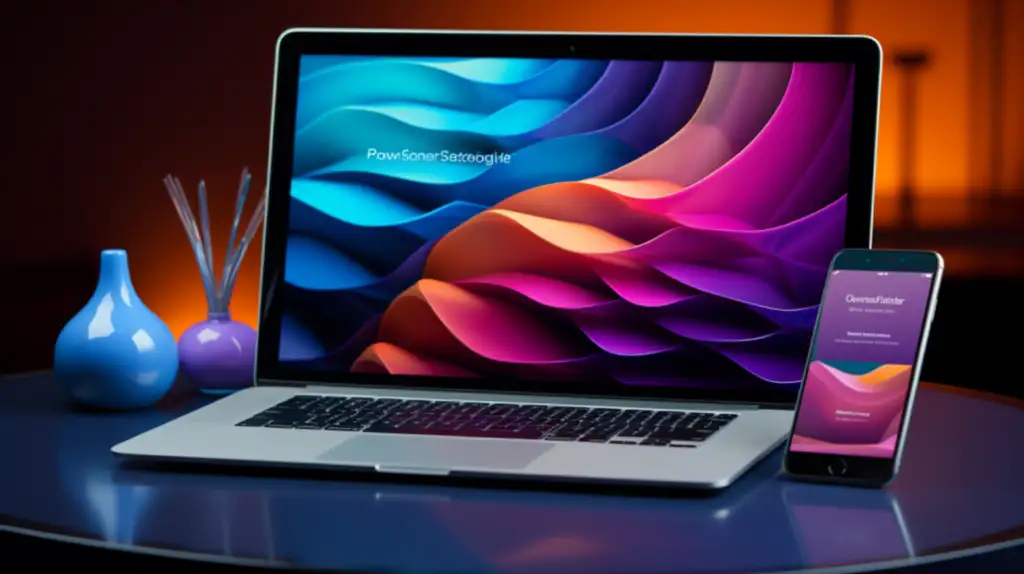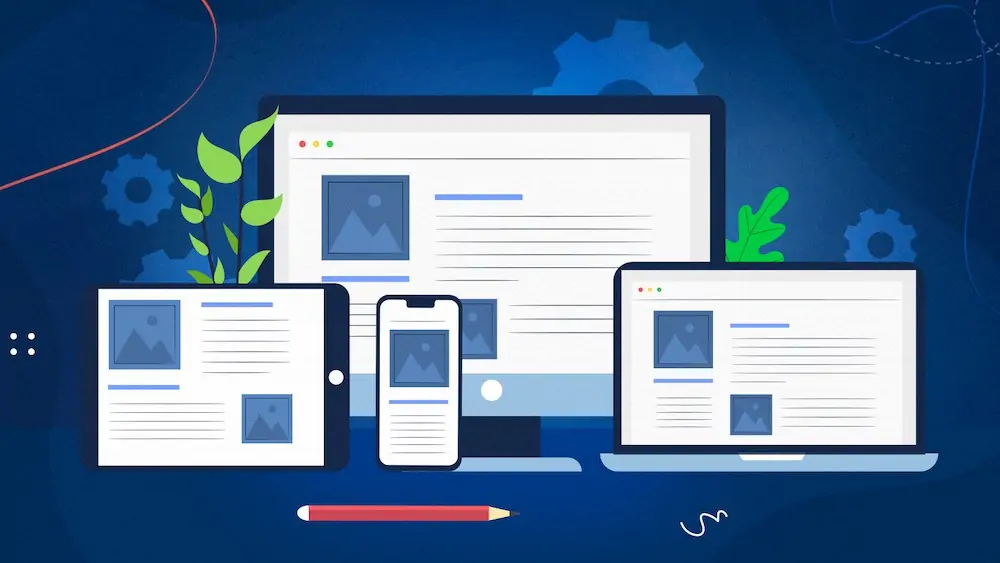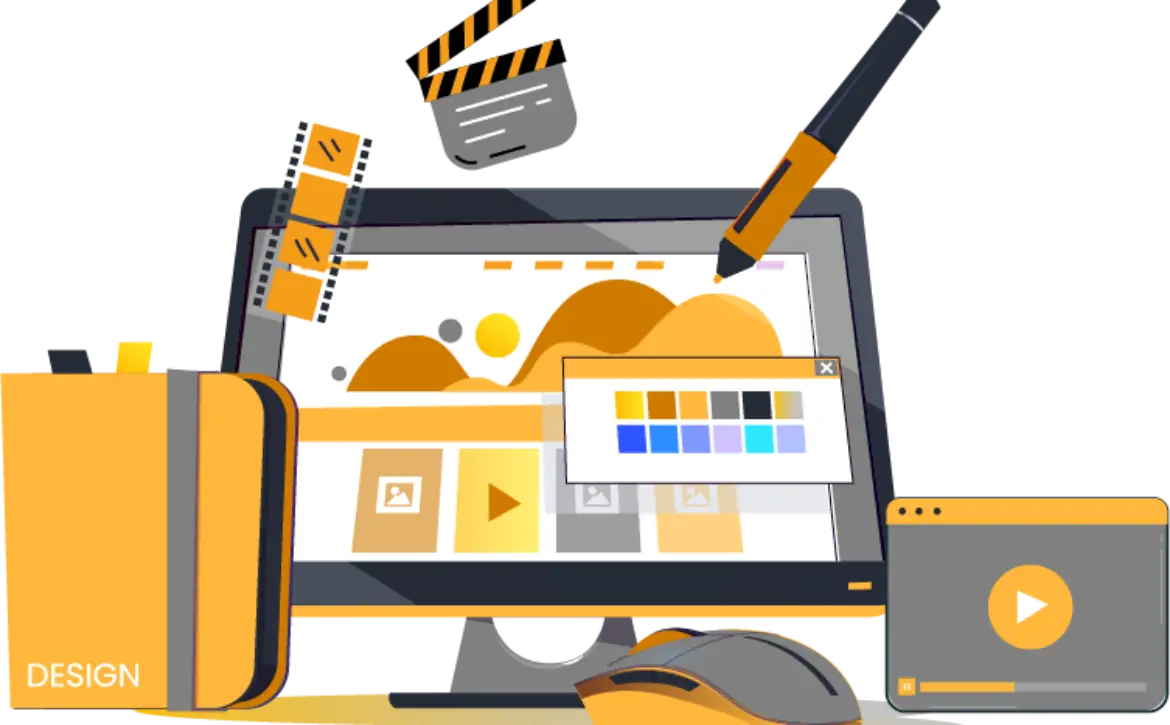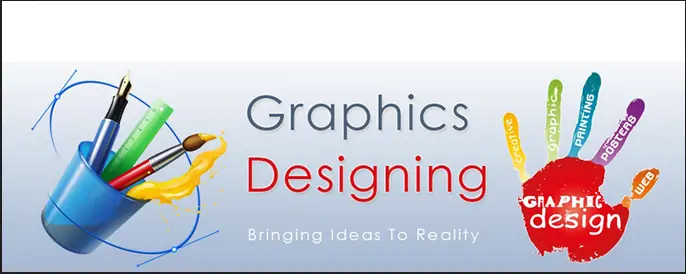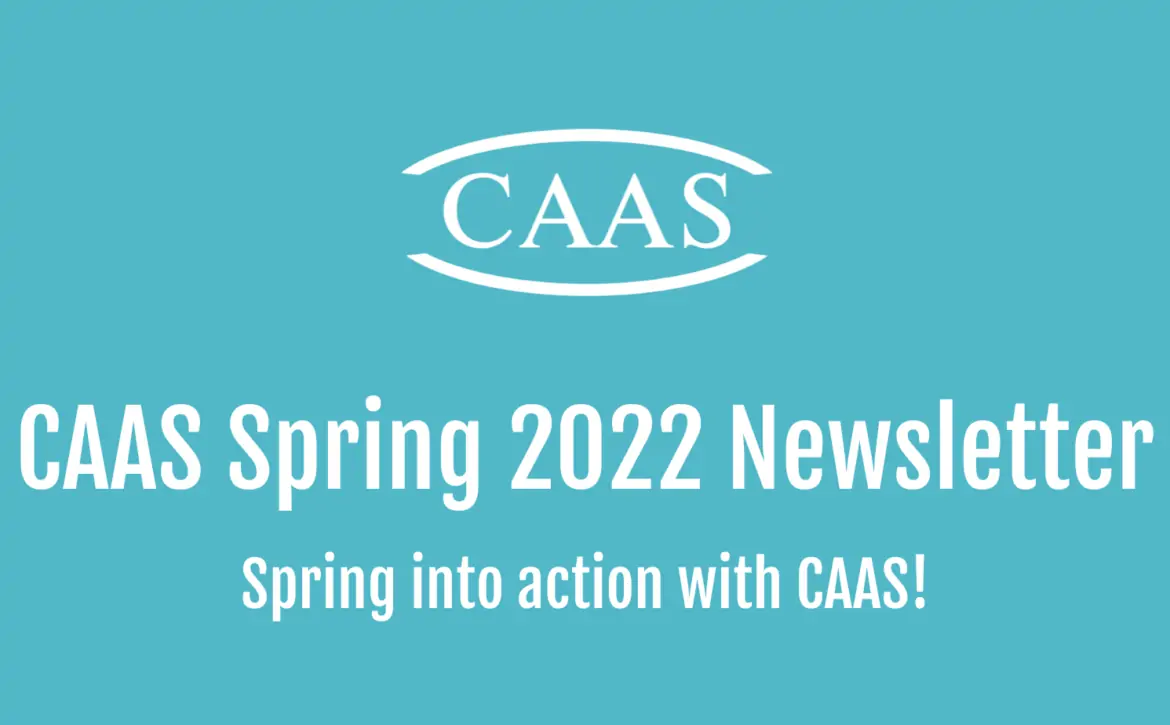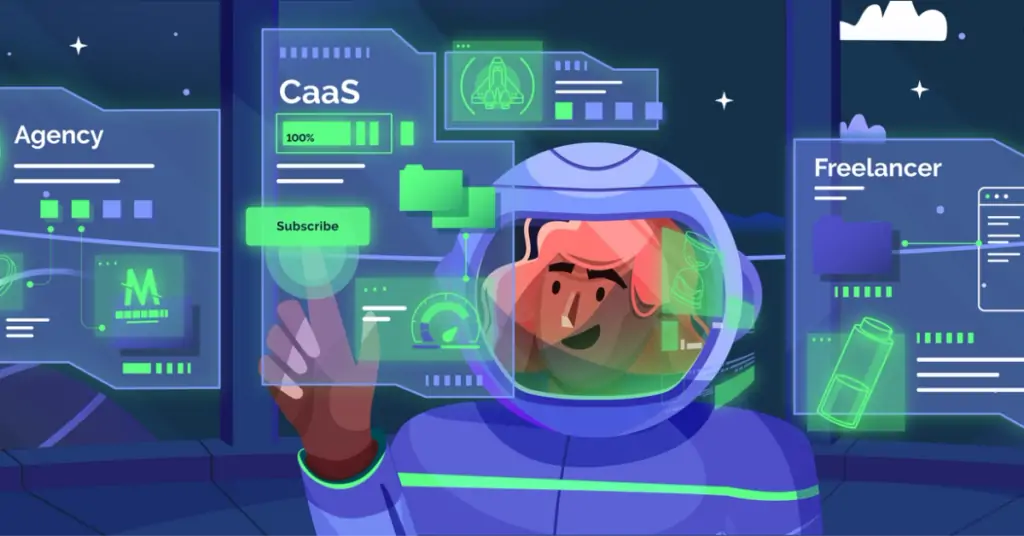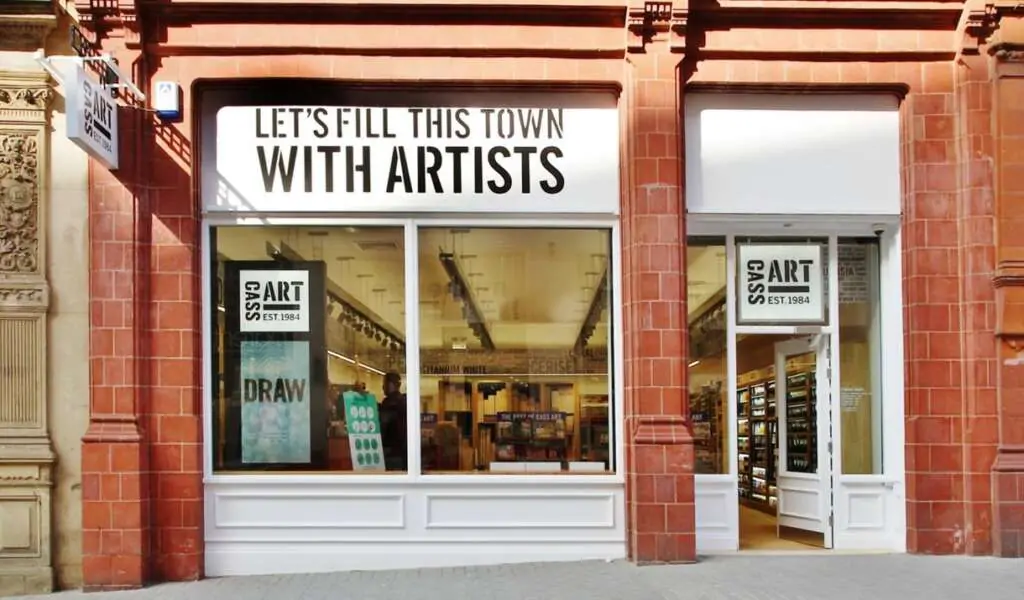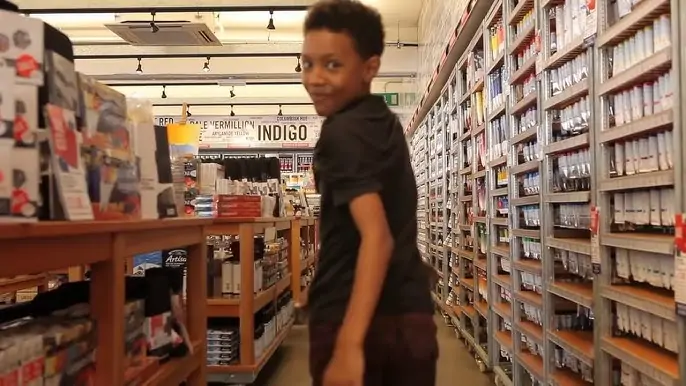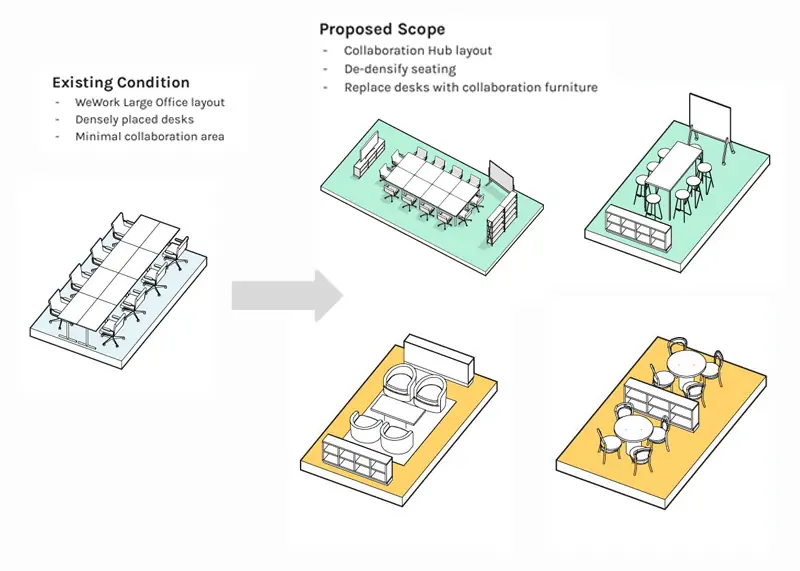Tips and Tricks for Crafting the Perfect ChatGPT Instagram Post
In the age of digital communication, creating an impactful Instagram post can be the difference between blending in and standing out. With the advent of AI, tools like ChatGPT are revolutionizing content creation, making it easier to craft compelling, engaging, and professional social media posts. Whether you’re a seasoned marketer or a social media novice, leveraging ChatGPT for your Instagram content can elevate your brand’s presence. This guide will explore tips and tricks for creating the perfect ChatGPT Instagram Post, ensuring your content not only catches the eye but also resonates with your audience.
First and foremost, understanding your audience is crucial. ChatGPT can help you tailor your content to meet the preferences and interests of your followers. By providing context and specifics about your target demographic, ChatGPT can generate posts that speak directly to them, increasing engagement and interaction.
Another vital tip is to focus on clarity and brevity. Instagram users typically scroll quickly through their feeds, so capturing attention with concise and clear messaging is essential. ChatGPT can assist in distilling your ideas into punchy, impactful sentences that convey your message efficiently.
Aesthetics play a significant role in the success of an Instagram post. Pairing your ChatGPT-generated text with visually appealing images or graphics can create a cohesive and attractive post. Additionally, using appropriate hashtags generated by ChatGPT can expand your reach, connecting your post with a broader audience.
Consistency is key in building a recognizable brand. Utilizing ChatGPT to maintain a consistent tone and style across all your posts can help establish a strong brand identity. Whether it’s humor, professionalism, or inspiration, ChatGPT can adapt its output to align with your brand’s voice.
Lastly, don’t underestimate the power of a call-to-action (CTA). Encouraging your audience to like, comment, share, or visit your profile can drive engagement and growth. ChatGPT can craft compelling CTAs that motivate your followers to take the desired action.
Thus, ChatGPT Instagram post and captions serve the purpose of enhancing the quality of your posts.
How Can ChatGPT Instagram Post Be Beneficial?
- Creativity Boost: ChatGPT can generate fresh and creative ideas for captions, helping your posts stand out in a crowded feed.
- Efficiency : It saves time by quickly generating captions tailored to your image or video, allowing you to focus more on creating content.chatgpt instagram reels serves several valuable purposes, leveraging its capabilities to enhance creativity, engagement, and content quality
- Consistency: ChatGPT Instagram post can maintain a consistent tone and style across your posts, reinforcing your brand identity and message.
- Engagement: Captions generated by ChatGPT can be crafted to encourage interaction, such as asking questions or prompting followers to share their thoughts.
- Flexibility: It can provide alternative perspectives or angles for your captions, making your content more diverse and appealing to different audience segments.
Leveraging ChatGPT Instagram Private Account
- Personalized Content Recommendations:
ChatGPT can analyze the interests and preferences of the account owner and suggest personalized content to engage with, such as posts, articles, or videos.
- Private Messaging Support:
ChatGPT can assist in managing private messages, responding to frequently asked questions, and providing information or resources to followers in a private setting.
- The Power of Authenticity
One of the most significant trends on Instagram is the shift towards authenticity. Users are increasingly drawn to genuine, relatable content that offers a glimpse into real life. Polished, overly curated feeds are being replaced by posts that feel raw and honest. To capitalize on this trend, consider using chatgpt instagram official post ideas to craft captions that reflect your true voice and experiences. Authenticity fosters trust and connection, making your audience more likely to engage with your content.
- Interactive Content
Instagram has introduced various interactive features that boost engagement, such as polls, quizzes, and Q&A stickers. These tools encourage users to actively participate in your posts rather than passively scrolling through their feeds. Leveraging ChatGPT Instagram post suggestions can help you come up with creative and engaging questions or prompts for these interactive elements. For instance, you can use ChatGPT to generate fun quiz questions related to your niche or to draft intriguing poll options that spark conversation.
- User-Generated Content (UGC)
User-generated content is another trend gaining momentum. It involves sharing content created by your followers, which not only builds community but also provides social proof. Encouraging your audience to create content related to your brand or products and then reposting their submissions can significantly boost your credibility. Instagram Post by ChatGPT ideas can help you craft compelling calls to action that inspire your followers to contribute their content. Additionally, ChatGPT can assist in writing appreciative captions that acknowledge and thank your followers for their contributions.
- Short-Form Video Content
With the rise of TikTok, short-form video content has become incredibly popular on Instagram, especially through Reels. These bite-sized videos are perfect for sharing quick, engaging snippets that capture your audience’s attention. Using Instagram Post by ChatGPT, you can brainstorm innovative video concepts that align with current trends. Whether it’s a behind-the-scenes look at your process, a quick tutorial, or a humorous skit, ChatGPT can help you script engaging Reels that resonate with your audience.
- Carousel Posts
Carousel posts, which allow you to share multiple photos or videos in a single post, are a versatile way to tell a story or showcase a series of products. They encourage users to swipe through, increasing the time they spend on your post. Instagram Post by ChatGPT ideas can guide you in creating compelling narratives that unfold across multiple slides. From step-by-step guides to before-and-after transformations, ChatGPT can help you craft captions for each slide that maintain interest and provide value.
- Infographics and Educational Content
Educational content, including infographics and how-to guides, is highly shareable and positions you as an authority in your niche. By providing valuable information in an easily digestible format, you can attract a broader audience and encourage shares. ChatGPT Instagram post ideas can assist you in distilling complex information into clear, concise captions that complement your infographics. Whether you’re explaining industry trends, sharing tips, or breaking down data, ChatGPT can help you communicate your message effectively.
- Personal Stories and Experiences
Sharing personal stories and experiences is a powerful way to connect with your audience on a deeper level. This trend aligns with the broader movement towards authenticity on social media. ChatGPT Instagram post ideas can help you frame your stories in a compelling way that resonates with your followers. Whether it’s a personal triumph, a lesson learned, or an insightful reflection, ChatGPT can assist you in crafting captions that are heartfelt and engaging.
- Trendspotting and Timely Content
Keeping up with current trends and incorporating them into your posts can significantly boost your engagement. This includes participating in popular challenges, using trending hashtags, and creating content around current events or seasonal themes. Chatgpt Instagram post generator can help you identify and capitalize on these trends in real-time. By staying relevant and timely, you can increase your visibility and connect with a wider audience.
- Aesthetic Consistency
While authenticity is crucial, maintaining a visually cohesive feed still matters. A consistent aesthetic helps in establishing your brand identity and makes your profile more attractive to new visitors. ChatGPT Instagram post ideas can guide you in planning your content to ensure it aligns with your desired aesthetic. From color schemes to photo editing styles, ChatGPT can help you create a visually appealing feed that reflects your brand.
- Community Engagement
Building and nurturing a community on Instagram is more important than ever. Engaging with your followers through comments, direct messages, and interactive posts fosters a sense of belonging and loyalty. ChatGPT Instagram post ideas can help you craft thoughtful responses and engaging prompts that encourage conversation. By showing that you value and appreciate your followers, you can build a strong, engaged community.
- Shoppable Posts
For businesses and influencers, shoppable posts have revolutionized the way products are marketed on Instagram. These posts allow users to purchase products directly from the app, making the shopping experience seamless. Instagram Post by ChatGPT ideas can help you create persuasive product descriptions and calls to action that drive sales. By highlighting the benefits and unique features of your products, ChatGPT can assist you in turning your posts into effective sales tools.
- Mental Health and Well-being
The conversation around mental health and well-being has become more prominent on social media. Sharing content that promotes self-care, mindfulness, and mental health awareness resonates deeply with many users. ChatGPT Instagram post ideas can help you approach these sensitive topics with empathy and authenticity. Whether you’re sharing personal experiences, or offering tips for managing stress.
FAQs
Can ChatGPT generate Instagram posts?
Yes, ChatGPT can produce Instagram posts by coming up with catchy captions, making original hashtags, and offering suggestions for material that appeals to your target market. ChatGPT can assist you in producing posts that connect with your audience and complement your social media strategy, whether you’re looking for a clever caption for a picture, an in-depth product description, or innovative material to boost interaction.
How to use ChatGPT to write Instagram posts?
Simply provide precise information about your material, including the subject, target audience, main message, and any applicable hashtags or emojis, when using ChatGPT to compose Instagram posts. You can, for instance, explain the picture or product, specify the tone you’re going for (e.g., professional, pleasant, hilarious), and include any calls to action. After that, ChatGPT will create an engaging caption based on your specifications, which will help you interact with your followers and improve your social media visibility.
How to use ChatGPT to boost Instagram?
Use ChatGPT’s capacity to produce interesting and pertinent content by giving it specific questions about your business, target market, and campaign objectives to increase your Instagram following. Request interesting caption ideas, popular hashtag suggestions, and original content ideas from ChatGPT. You may also use it to make interesting tales, organize content calendars, and compose comments. This regular, excellent material may efficiently expand your Instagram profile, boost follower engagement, and improve your exposure.
How to use ChatGPT for Instagram reels?
Give ChatGPT information about your intended audience, content subject, and message to utilize it for Instagram Reels. To go along with your Reels, ask ChatGPT to come up with original writing ideas, attention-grabbing subtitles, and popular hashtags. It may also recommend interesting music selections, graphic styles, and video themes to help your Reels stand out. You can make fascinating videos that increase interaction and expand your Instagram followers by utilizing Chatgpt Instagram post to help you develop and edit your Reels content.
Key Purposes of Chatgpt Instagram Official Account
- Engagement and Interaction:
Getting involved with the community is the main goal of ChatGPT’s official Instagram account. This includes answering queries, leaving comments, and producing interactive materials like surveys, Q&A sessions, and in-person conversations. As a result, a devoted following is developed and a sense of connection is fostered.
- Promotion of Content:
Blog entries, articles, and other instructional resources produced by ChatGPT can be promoted via an official Instagram account. This aids in directing visitors to the primary website or other locations that provide more thorough information.
- Brand Awareness:
The account is a tool for raising awareness of and exposure for the brand. By consistently sharing material that highlights ChatGPT’s features and adaptability, the account may draw in more followers and build a strong online presence.
- Educational Resource:
Information about artificial intelligence, natural language processing, and ChatGPT’s numerous applications may be found on the Instagram account. This aids in the comprehension of ChatGPT’s underlying technologies and applications by users.
- Display User Success Stories:
Showcasing user-generated material and success stories can help to illustrate ChatGPT’s applicability and practicality. Others may be motivated to investigate ChatGPT’s possibilities by sharing testimonies, case studies, and illustrations of creative applications.
- Updates and Notifications:
Use this account to disseminate notifications, feature releases, and significant updates. Ensuring that followers are aware of the most recent advancements keeps them interested and abreast of new features and enhancements.
- Support and Resources:
To assist users get the most out of ChatGPT, we offer tutorials, tips, and troubleshooting guidance. Providing assistance via the platform can improve customer happiness and experience.
- Community Building:
Fostering a feeling of camaraderie among ChatGPT users by the exchange of user-generated material, organizing events, and setting up challenges can result in a devoted and active following.
ChatGPT Instagram Post Not Working: Troubleshooting Guide
- Server Issues: Instagram might be experiencing server problems or maintenance. Check Instagram’s official social media accounts or outage tracking websites to see if there’s a widespread issue.
- App or Browser Cache: Clear the cache and cookies on your Instagram app or web browser. Sometimes, accumulated data can cause issues with loading content.
The Purpose of ChatGPT for Instagram Captions
In the vibrant and fast-paced world of Instagram, captions play a pivotal role in engaging your audience and enhancing your visual content. Crafting the perfect caption requires creativity, relevance, and a touch of wit or emotion to capture attention and foster interaction. This is where ChatGPT comes in. Leveraging ChatGPT for Instagram caption offers numerous benefits that can elevate your social media presence.
1. Creative Inspiration:
One of the primary purposes of using ChatGPT for Instagram captions is to generate creative and unique ideas. ChatGPT can provide a fresh perspective, helping you come up with catchy phrases, engaging questions, or thought-provoking statements that resonate with your audience. Whether you’re experiencing writer’s block or simply looking for new ways to express your thoughts, Chatgpt Instagram post can spark creativity and inspire captivating captions.
2. Consistent Brand Voice:
Maintaining a consistent tone and style is crucial for brand identity. ChatGPT can help you create captions that align with your brand’s voice, ensuring that every post feels cohesive and authentic. By inputting specific guidelines or examples of your brand’s tone, you can train ChatGPT to generate captions that reflect your unique style, whether it’s playful, professional, or inspirational.
ChatGPT Instagram Bot:
In the era of social media, engagement, efficiency, and personalized interaction are key to building a strong online presence. An Instagram bot powered by ChatGPT can serve as a powerful tool to achieve these goals, offering various functionalities that can significantly enhance the way you manage and interact on the platform. Here’s an in-depth look at the purpose and benefits of a ChatGPT Instagram bot.
1. Enhanced Customer Support and Engagement: A ChatGPT Instagram bot can provide instant responses to frequently asked questions, ensuring that your followers receive timely and accurate information. Whether it’s inquiries about product details, order status, or general questions, the bot can handle these interactions efficiently. This immediate support enhances the user experience and keeps followers engaged.
2. Automated Messaging and Interaction: Managing direct messages manually can be time-consuming. A ChatGPT Instagram bot can automate messaging tasks such as sending welcome messages to new followers, thanking users for their engagement, and responding to comments. This automation ensures that your followers feel valued and recognized, fostering a stronger community.
Trends in 2024 Chatgpt Instagram post: Leveraging ChatGPT for Success
In 2024, Instagram continues to evolve, with new trends helping how content creators engage their audiences. Understanding these trends and harnessing tools like ChatGPT can significantly enhance your Instagram strategy.
- Video Dominance: Video content remains king on Instagram, with Reels and IGTV gaining popularity. ChatGPT can help brainstorm video ideas and craft engaging scripts.
- Augmented Reality (AR) Filters: AR filters are not just for fun anymore; they are becoming a tool for brands to create interactive content. ChatGPT can suggest AR filter ideas that align with your brand or theme.
- Authenticity and Transparency: Audiences crave authenticity. ChatGPT can assist in writing authentic captions and content that resonates with your followers.
- Sustainable Influencer Marketing: Influencers are increasingly promoting sustainability and ethical practices. ChatGPT can help create content that educates and inspires action.
- Ephemeral Content: Stories and disappearing posts continue to engage users. ChatGPT can generate quick, catchy captions for your Stories.
- Niche Communities: Instagram is seeing a rise in niche communities and micro-influencers. ChatGPT can suggest ways to connect with specific audiences effectively.
- Shopping Integration: Instagram is becoming a shopping destination. ChatGPT can assist in creating compelling product descriptions and promotional posts.
Conclusion: By leveraging ChatGPT, you can stay ahead of these trends and create content that resonates with your audience in 2024 and beyond. Whether you’re a business, influencer, or content creator, integrating ChatGPT into your Instagram strategy can unlock new creative possibilities and enhance engagement. Embracing the trends of 2024 for Chatgpt Instagram post can elevate your content strategy to new heights. Stay innovative, authentic, and responsive to these evolving trends to maximize your impact on this dynamic platform.



